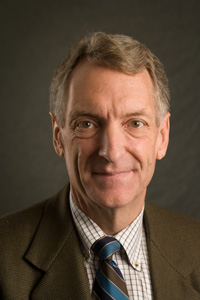Top 17 Quotes & Sayings by Dave Ulrich
Explore popular quotes and sayings by an author Dave Ulrich.
Last updated on November 9, 2024.
It is easier to talk about doing things than doing them. Many of us want to exercise more, eat more healthy, be kinder to our loved ones, etc., but unless we have specific milestones about how to do this, our intentions do not match our actions. The HR milestones we lay out offer specific steps along the longer journey to HR transformation.
I see top business schools working to bridge this gap [between academic research and business application] by respecting executive education, by having more mature students who proactively draw from faculty what they know they need, and by having faculty who are willing to leave their ivory towers for the murky world of business reality. Unfortunately, at other times, business professors have little or not interest or savvy about business issues.
In almost any change there is 20 - 60 - 20. 20% are doing the change and we need to stay out of their way. 20% will never get there (a large percent still go into banks to see tellers vs. ATMs). 60% are in the middle. I think you will always find some companies where the head of HR is not a member of senior management team (bottom 20% and some companies where she or he has always been (top 20%).
Sometimes HR transformations have been definitions. Just because someone does an e-HR system or puts in a new talent system or changes the HR function does not mean an HR transformation has occurred. We identified four phases of HR transformation. Missing any of the four phases would be an incomplete effort.
People will change when they see that the change will help them reach their goals. If the CHRO sees that the HR transformation that others desire will help the CHRO reach his or her goals, then there will be more support. Absent this reasoning, the CHRO may go through the motions, but the transformation will not be sincere or lasting.



















